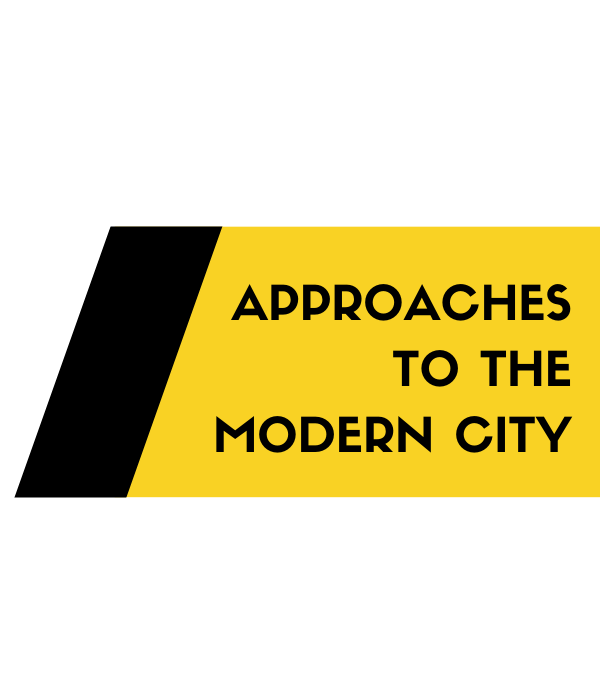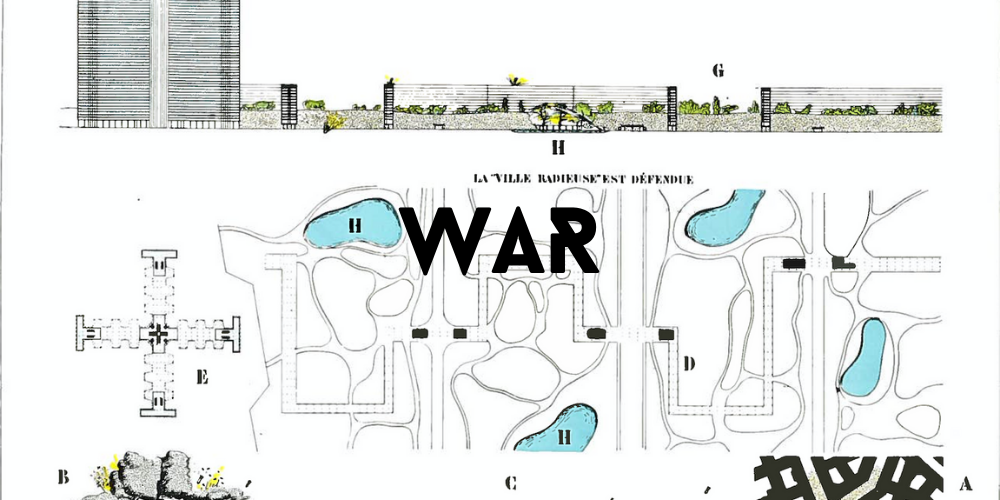Vienna
Vienna is the capital and largest city of Austria. Originally a Roman encampment called Vindobona, Vienna remained a small frontier town until the 12th and 13th centuries when it became the seat of the Habsburg Dynasty. Vienna’s location on the Danube River and the temperate oceanic climate contributed to an increasing population, which exploded after industrialization. The population dropped drastically after the First World War, and over a century later is only just beginning to reach the population levels of 1918.






